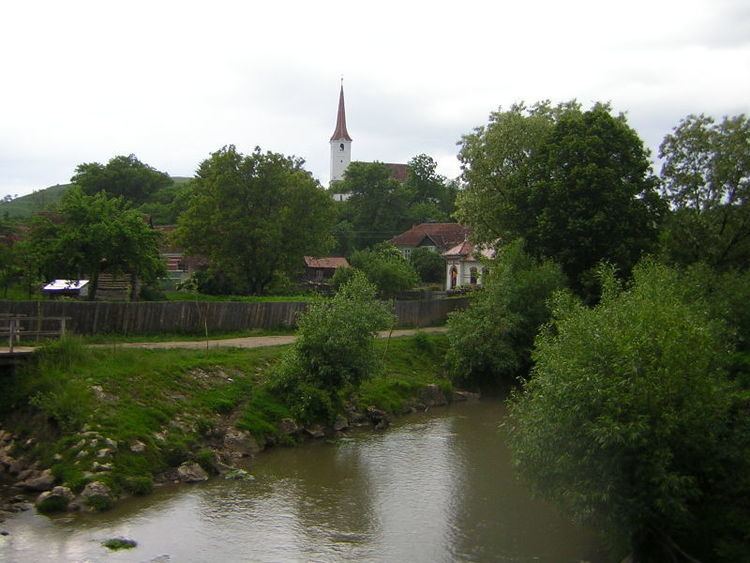Postal Code 537225, Area 62.96 km² Population 1,257 (2011) | Time zone EET (UTC+2) Area code(s) +40 266 Local time Wednesday 1:27 PM | |
 | ||
Weather 19°C, Wind SE at 11 km/h, 41% Humidity | ||
N rcisz fesztival 2011 ocland csoport
Ocland (Hungarian: Oklánd, [ˈoklaːnd]) is a commune in Harghita County, Romania. It lies in the Székely Land, an ethno-cultural region in eastern Transylvania.
Contents
- N rcisz fesztival 2011 ocland csoport
- Map of Ocland 537225 Romania
- Ocland 2015 freundeskreis kinderheim ocland rum nien
- History
- Demographics
- Ocland
- Crciunel
- Twinnings
- References
Map of Ocland 537225, Romania
The commune is composed of three villages:
Ocland 2015 freundeskreis kinderheim ocland rum nien
History
Ocland was first recorded in 1546 as Akland, and in 1550 as Okland. The name Karácsonyfalva was first recorded in 1333 in a tithe register when a priest of Karachni was mentioned. In 1453, reference was made of Peter, son of Michael, of Karachonfalwa. Its Romanian name derives from the Hungarian and historically it was Crăciunfăleni. The name of Homoródújfalu was first recorded in 1481 in the form of Wijfalw, in 1861 it was called officially Homoród-Ujfalu. The Romanian name was originally Homorod-Uifalău which was changed to the current official form after World War I.
The villages were part of the Székely Land region of the historical Transylvania province. They belonged to Udvarhelyszék district until the administrative reform of Transylvania in 1876, when they fell within the Homoród district of Udvarhely County in the Kingdom of Hungary. Oklánd was the district seat until after World War II. After the Treaty of Trianon of 1920, they became part of Romania and fell within Odorhei County during the interwar period. In 1940, the second Vienna Award granted the Northern Transylvania to Hungary and the villages were held by Hungary until 1944. After Soviet occupation, the Romanian administration returned and the commune officially became part of Romania again in 1947. Between 1952 and 1960, the commune fell within the Magyar Autonomous Region, and between 1960 and 1968 the Mureș-Magyar Autonomous Region. In 1968, the autonomous region was abolished, and since then, the commune has been part of Harghita County.
Demographics
The commune has a Hungarian (Székely) majority. According to the 2011 census, it has a population of 1,257 which 98.41% or 1,237 are Hungarian.
Ocland
Crăciunel
.
Twinnings
The commune is twinned with
